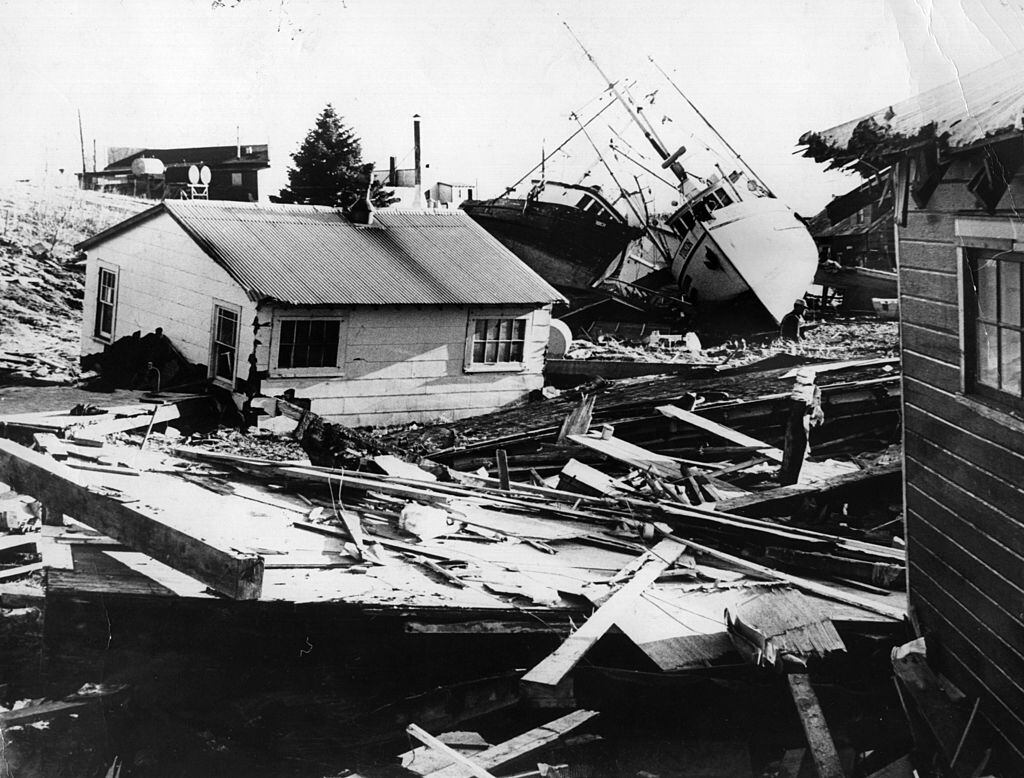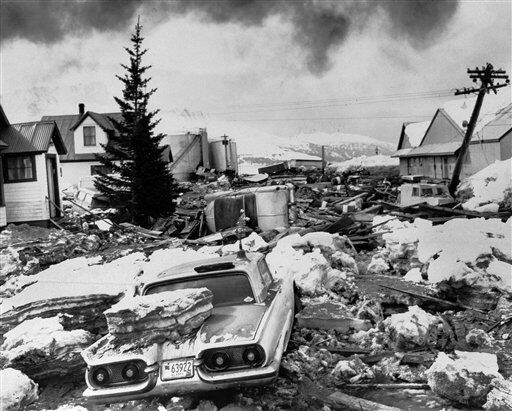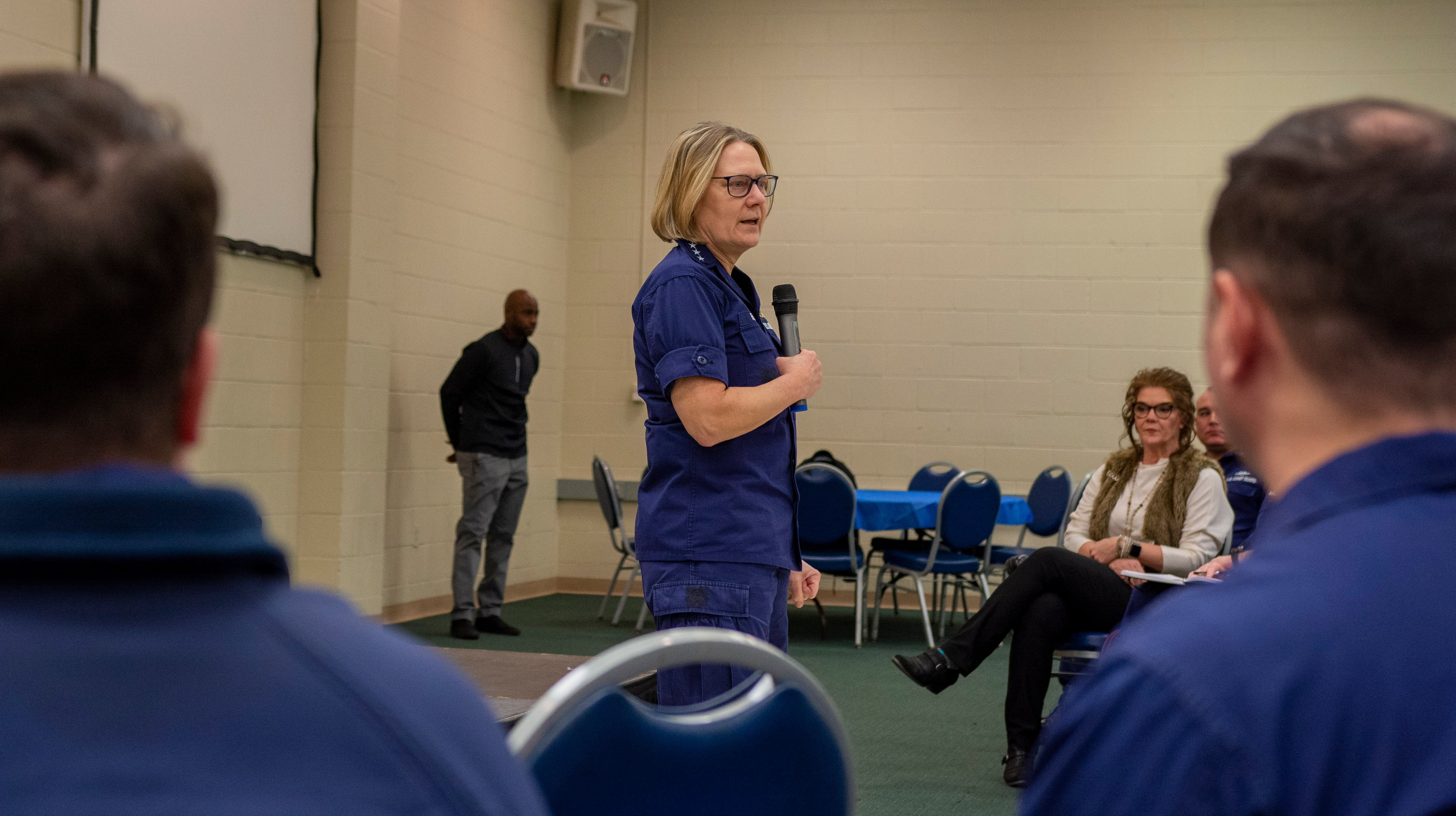KODIAK, Alaska — For Donald Raunig, each visit to Kodiak takes him back in time.
Unlike most cruise ship visitors, Raunig is already very familiar with Kodiak.
In the early 1960s, Raunig was stationed at the U.S. Naval Operating Base on what is currently U.S. Coast Guard Base Kodiak.
In September, Raunig and his wife, Cathy, made their second cruise ship visit to Kodiak in three years. The pair wanted to come last year, but their stop was canceled due to weather.
The 2015 visit was Raunig’s first since 1971, when the Navy veteran made a stop in Kodiak while stationed in Adak.
“A lot of memories, a lot of memories. Some sad. You know, when you’re this old you kind of reflect back and all the sudden it starts coming back into focus,” he said.
While evenings at Beachcombers highlight those memories, it also brings back memories of tragedy.
In January 1963, Raunig was a member of a P2 Neptune flight crew, the first of four to land at the naval station that day.
“We were about 20 minutes apart so we wouldn’t bog down the runway, so the last aircraft was about an hour behind us,” he said.
By the time the final aircraft was scheduled to land, Raunig had unloaded his gear and was emerging from the shower. He received news from his roommate that the final aircraft, filled with Raunig’s friends, had not landed. After a failed landing attempt, the pilot had attempted to circle around for another try. However, the plane stalled out and crashed into Old Womens Mountain, killing seven of the 12 men aboard.
Early news reports on the crash failed to mention the squadron of those involved, so family of men on 12 aircraft stationed across Alaska in Adak, Elmendorf and Kodiak did not know if their loved one was safe.

“Someone called Seattle, and within half an hour it was on Seattle news. No one knew who crashed,” Raunig said. “Whoever he was really made it bad, because there were people all around the country who didn’t know if their son, or who, died.”
Just over two years later, on Good Friday 1964, Raunig was stationed in the Lower 48.
“I was a plane commander on a P2 Neptune naval plane. I was on ready alert in Oak Harbor, Washington,” he said. “I got a call that I was supposed to report down to operations. He said, ‘Something big happened up in Alaska and I want you to fly up there and find out what’s going on without landing.’”
Raunig and his crew left later that evening with a mission to report back on the conditions in areas affected by the magnitude 9.2 earthquake and resultant tsunami.
“We flew up and tried to communicate with all the cities on way up to about Yakutat,” Raunig said. In particular, Raunig’s superiors were interested in the impact to the Naval Operating Station at Kodiak.
“We were all concerned because we had a squadron down here,” he said.
From airspace over Juneau, he was able to get into contact with the base.
“We did that by HF radio because we were too far for UHF and VHF just didn’t work out that well,” he said. “We found that several Navy airplanes were at the end of the runway up at the high end by Barometer, and that there was about 2 feet of water in the hangar area.”
The airplanes survived the wave, as did service members. Raunig’s crew radioed that information back to Washington.
In total, 19 people died on Kodiak Island that day, according to information from the National Oceanic and Atmospheric Administration.
Raunig flew home after relaying the news in heavy icing conditions.

“My aircraft was very loaded with ice because we had no icing of our wings between the engine and the fuselage and we were flying between 7,000 and 10,000 feet,” he said. “I had to have extra power, which would require me then to not get back to Oak Harbor, so I was looking at maybe the Canadian places or Port Hardy or something to land to refuel.”
Fortunately, Raunig spotted a hole in the clouds and descended to approximately 100 feet above the water to de-ice, allowing him to shift to cruising power and safely make it home.
Raunig retired from the Navy in 1979 and then worked at Boeing for 24 years. He can now relax and enjoy far less dangerous pursuits.
“Now my big hobby is playing digital accordion, which I think is a lot of fun,” he said.





